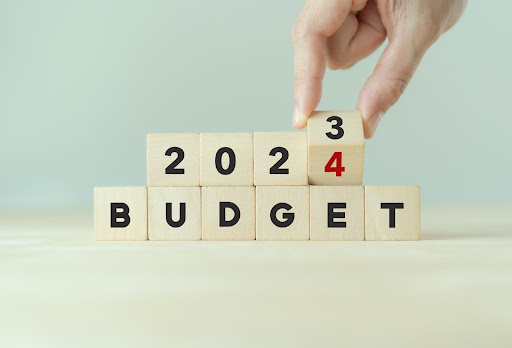
by Marketing Team | Oct 24, 2023 | Uncategorized
It’s hard to believe 2024 is just around the corner! How’s your end-of-year budgeting coming along? At Flex-Able Solutions, we like to think of budgeting as setting the stage for all the amazing things your company can achieve in the following year. By getting a...


